Prostatomegaly is a general term used to describe enlargement of the prostate gland from whatever cause. Usually, the prostate is considered enlarged on imaging when its volume measures >30 mL 3.
On this page:
Images:
Terminology
The term prostatomegaly is often used interchangeably with benign prostatic hyperplasia (BPH). Strictly speaking, prostatomegaly refers to any cause of prostatic enlargement, of which BPH is a common cause.
Pathology
Prostatomegaly is a general descriptive term, and its causes are varied:
Prostate volume is significantly influenced by age, with one study of healthy Caucasian participants showing a gradual increase of mean prostate volume from 24 to 38 mL between the age groups of 50-54 years and those over 75 years 2.
Associations
Radiographic features
The volume of the prostate can be estimated on ultrasound, CT and MRI with the ellipsoid formula 1 measuring each length in centimeters:
width x height x length x 0.523
The result is preferably expressed in milliliters (mL) ref although it is still common to see "cc (cubic centimeters)" used in reports.
Please see specific causes for further information.
External links
If any of these links are broken or for other problems and questions, please contact editors@radiopaedia.org.


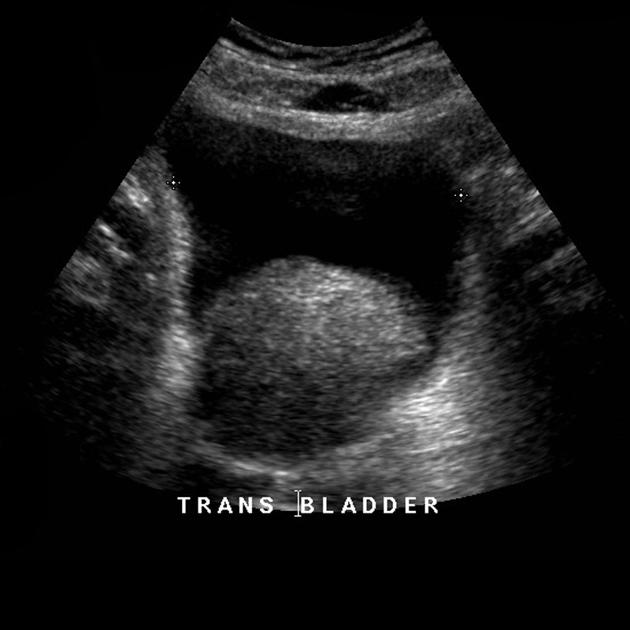
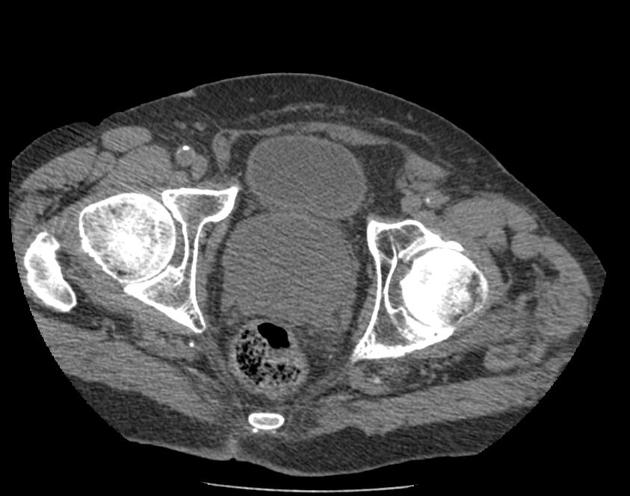
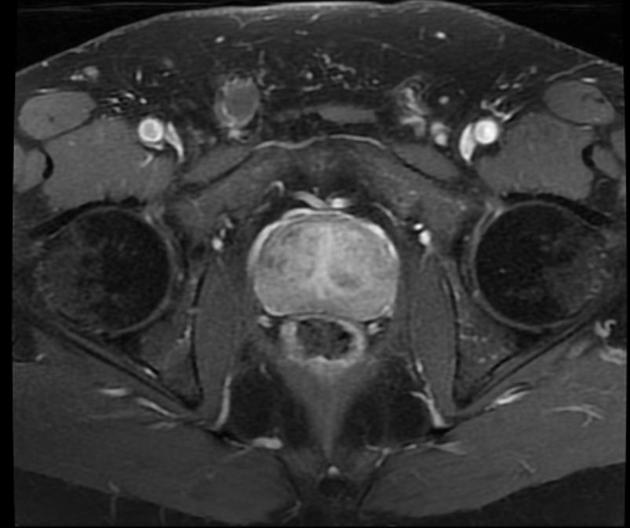
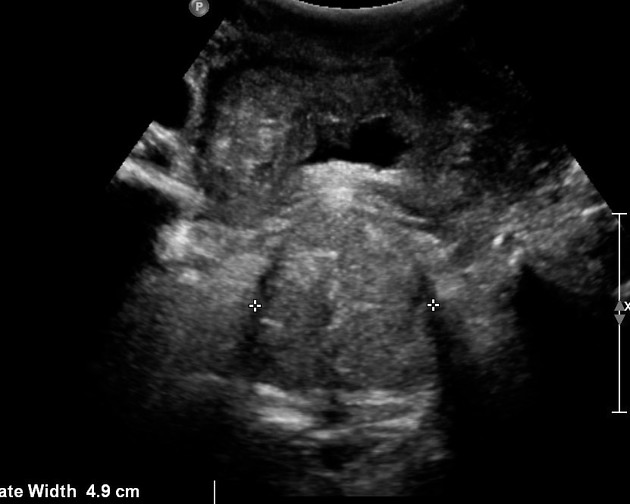
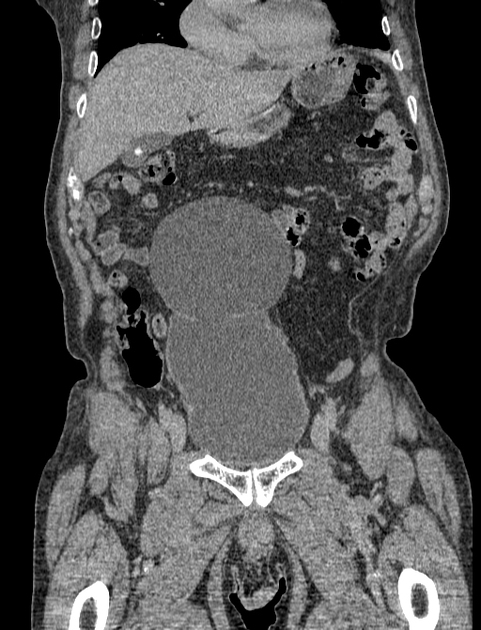


 Unable to process the form. Check for errors and try again.
Unable to process the form. Check for errors and try again.